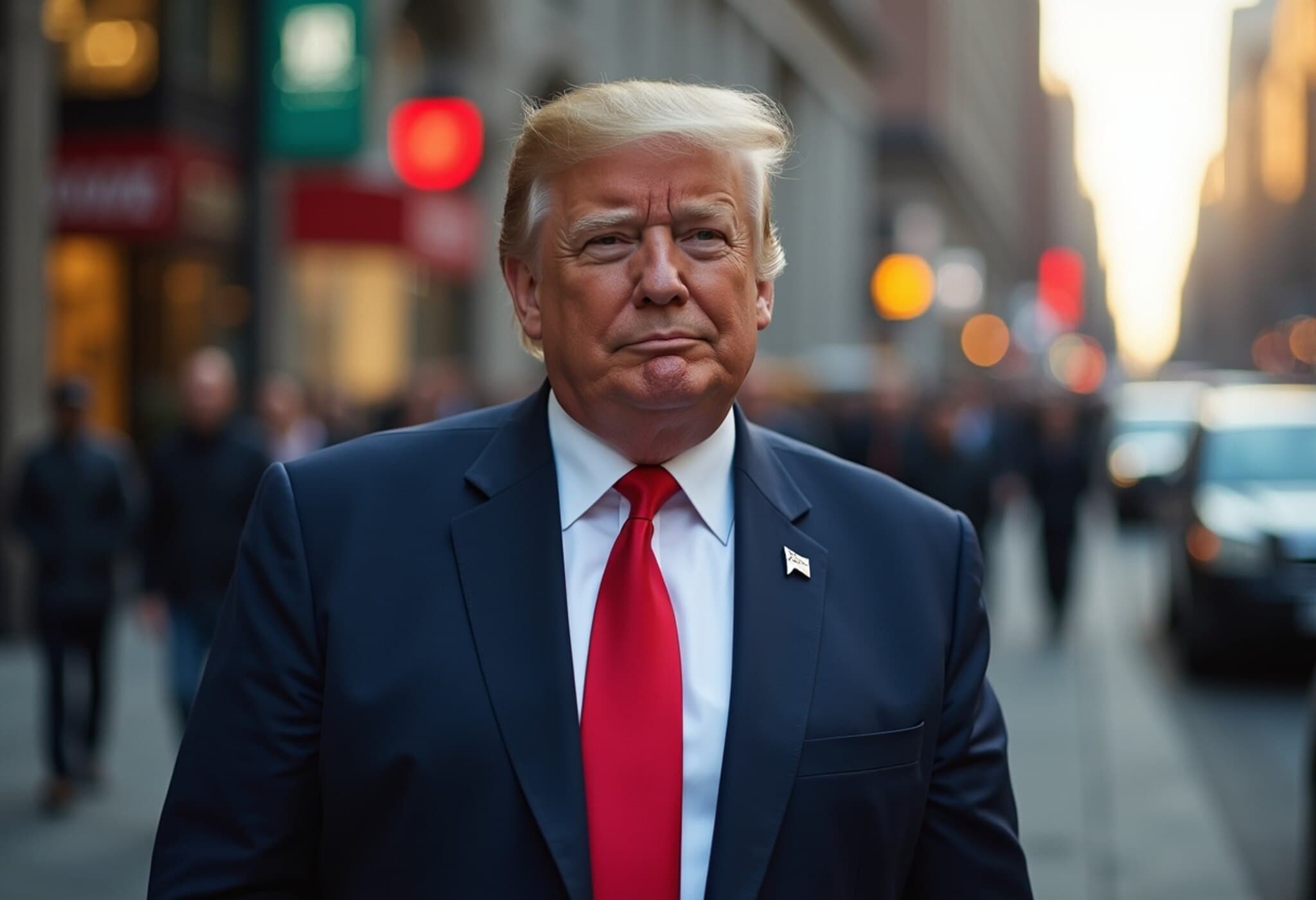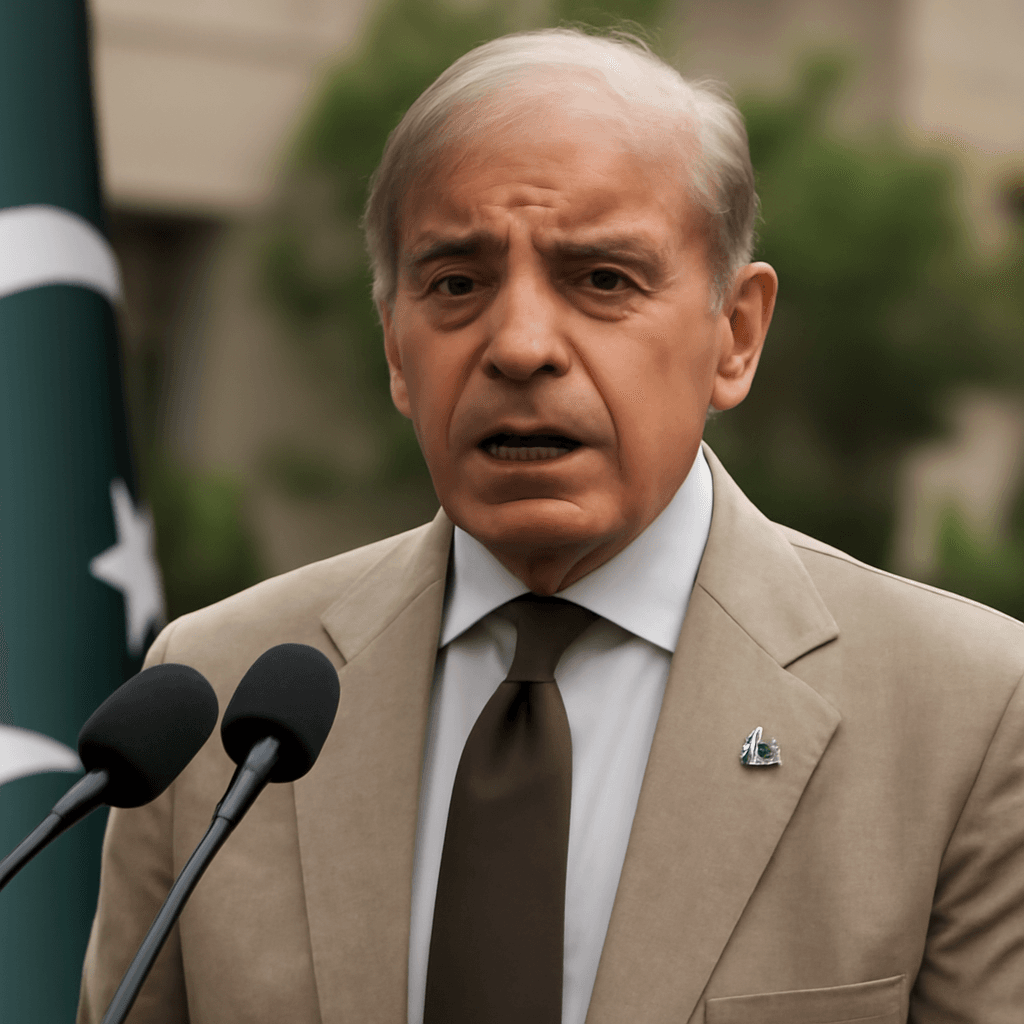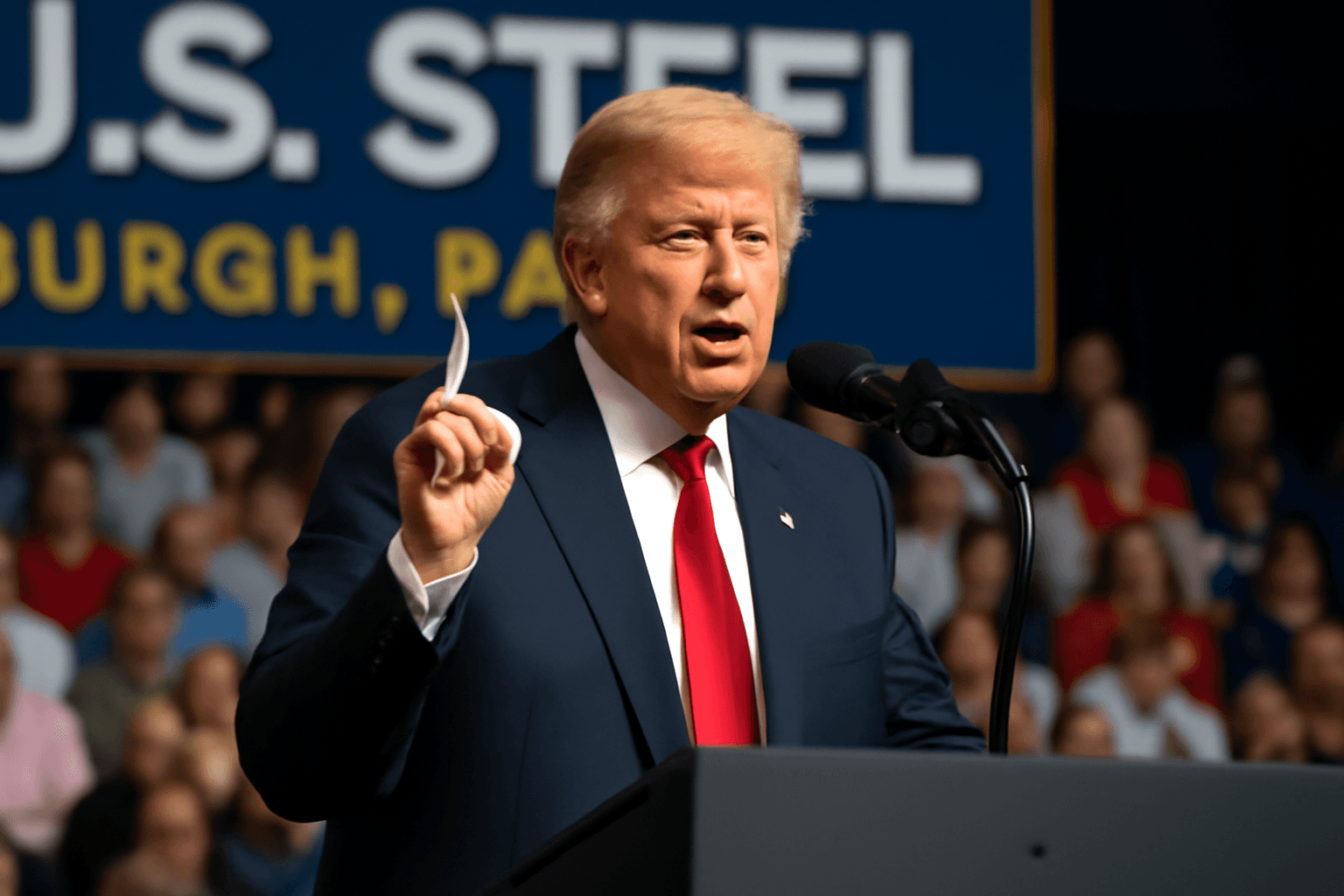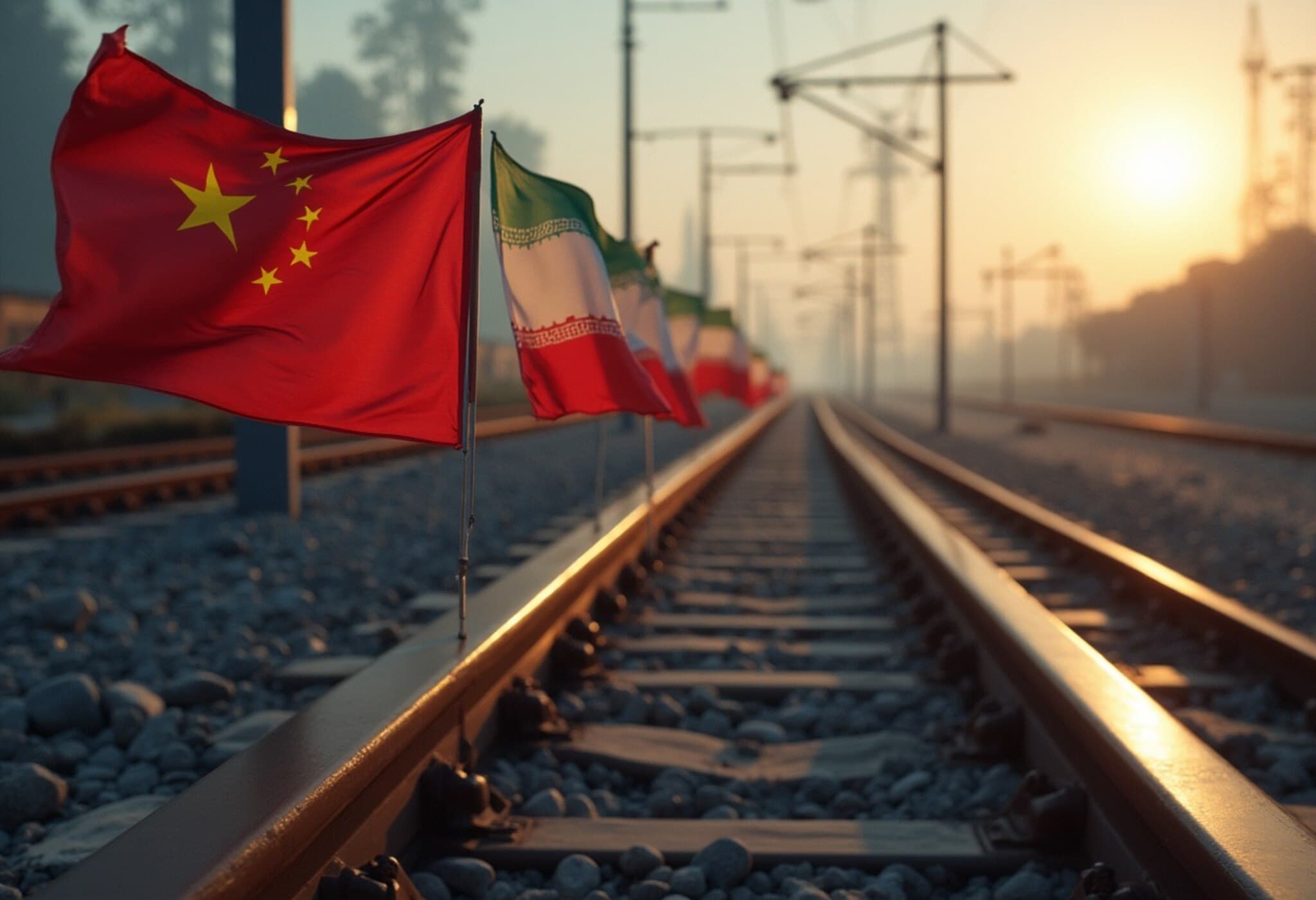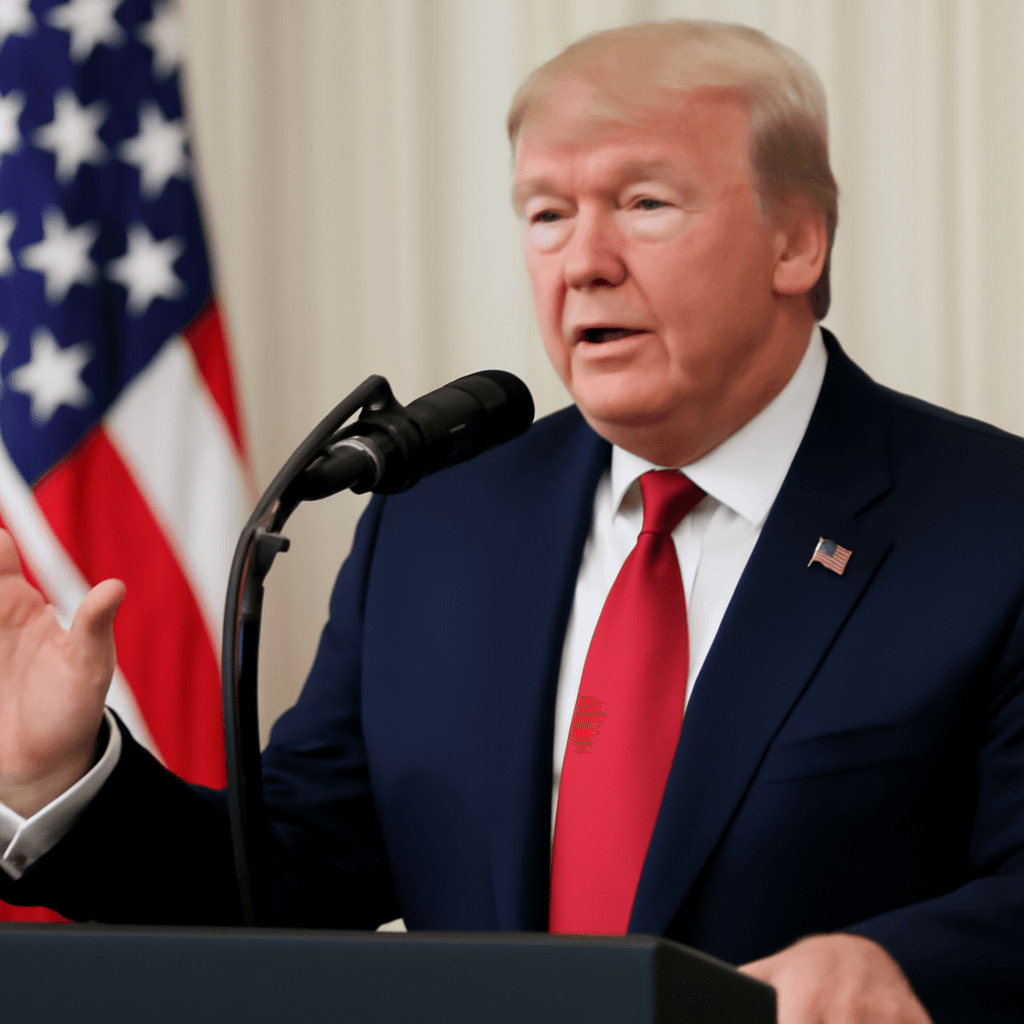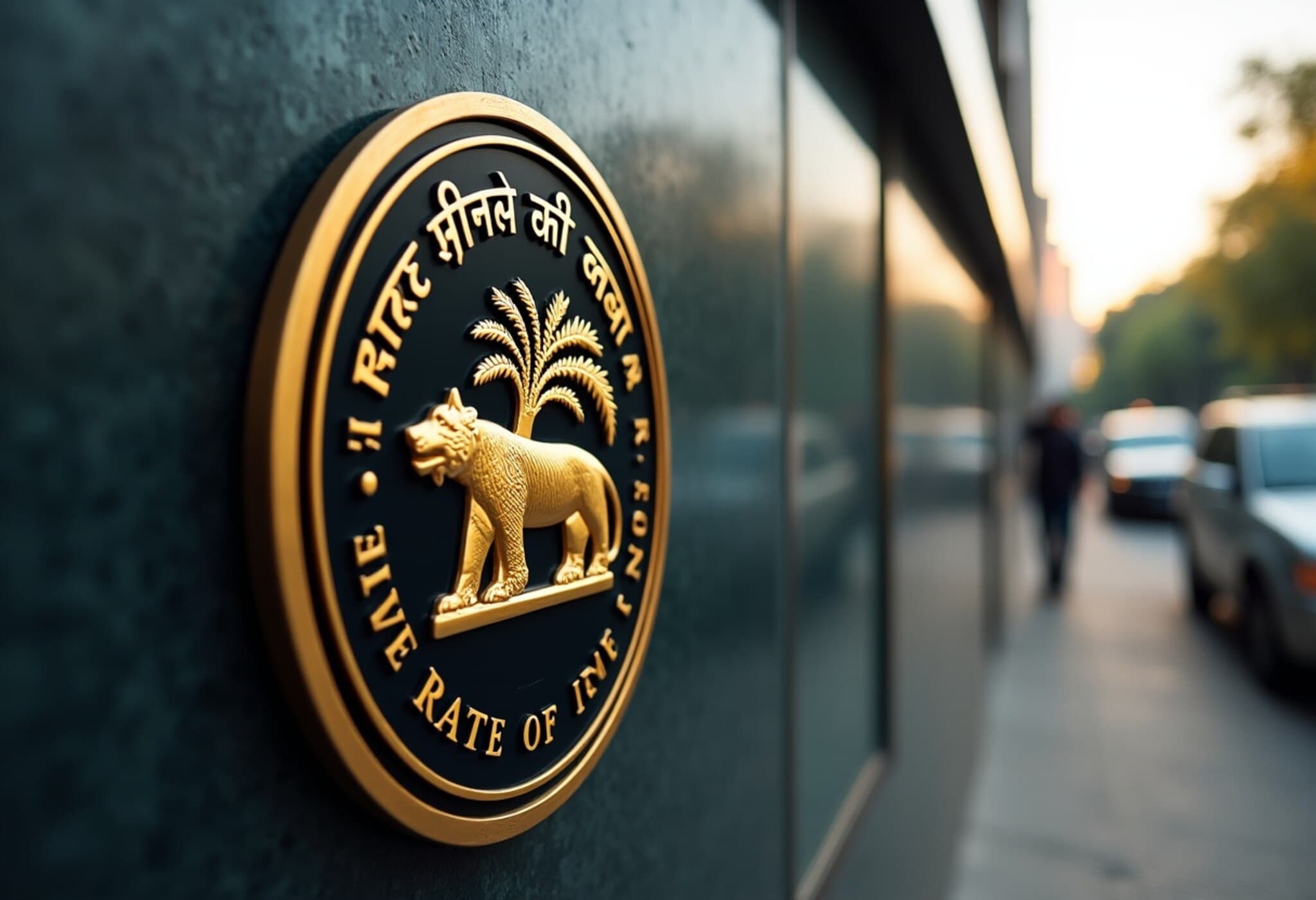A Tribute to Economist Shankar Acharya and the Vision for India’s Future
In a rapidly evolving global landscape, India's ambition to transform into a fully developed, or "Viksit," nation by its centenary in 2047 is both inspiring and daunting. A World in Flux – India’s Economic Priorities, a recently published collection of incisive essays, honors the pioneering economic intellect of Shankar Acharya. Edited by Amita Batra and A.K. Bhattacharya, it brings together leading minds such as Shyam Saran, Montek Singh Ahluwalia, and Sajjid Z. Chinoy, who collectively chart the reforms and strategies critical for India's growth trajectory.
Understanding Acharya’s Enduring Influence and the Book’s Premise
Having shared a longstanding friendship—and cricket fandom—with Acharya, the reviewer recognizes this work not merely as homage but as a profound engagement with the economist's legacy. The essays marshal expert analyses to confront India’s multifaceted challenges: fiscal prudence, manufacturing stagnation, and reform inertia among them.
Fiscal Deficit Debate: Diverging Views and Underlying Complexities
One of the few points of contention between Acharya and the reviewer is India’s fiscal deficit policy. Acharya, credited with pioneering India’s fiscal roadmap in the 1980s, views fiscal discipline as imperative to sustained growth, whereas the reviewer suggests shifting focus from the traditional deficit alarmism.
This sparks the larger question: Is India burdened by unsustainable fiscal deficits or by inefficient use of abundant revenues? According to Sajjid Chinoy's compelling essay, the debate around India’s tax-to-GDP ratio—currently hovering around 19%—is often oversimplified. Contrary to popular calls to reduce taxes to spur growth (drawing comparisons with China’s 14.5% ratio), the Indian fiscal problem lies in excessive and often wasteful government expenditure, particularly on subsidies and freebies that dampen economic dynamism.
Critical Insight: “Easy” Revenues vs. Growth Stagnation
This implies a paradox: India’s growth slowdown is less about fiscal deficits causing inflation—currently near historic lows—and more about the misallocation of financial resources. The International Monetary Fund’s orthodox push to raise tax revenue appears increasingly obsolete in the Indian context. Instead, reforming expenditure priorities becomes the frontline challenge.
Manufacturing and Export Growth: The Missed Opportunities
The volume also tackles India's struggle to invigorate its manufacturing sector, a vital engine for job creation and sustained economic prosperity. Despite consensus on the need for reforms, the solutions proposed often fall flat or lack nuance.
A popular idea is to join the China-led Regional Comprehensive Economic Partnership (RCEP), hoping to emulate China’s manufacturing export success. However, evidence shows that 13 out of 15 RCEP countries witnessed a decline in manufactured export growth post-membership—raising red flags about the pact’s efficacy for India’s unique economic landscape.
Why Champions Like Ambani and Adani Haven’t Sparked Manufacturing Growth
Another under-discussed fact is that India’s industrial giants, led by Mukesh Ambani and Gautam Adani, contribute little to tangible manufacturing output, focusing more on intermediates like polyester fibers rather than final consumer goods. Addressing barriers like high import duties on manmade fibers—a critical input for textiles—could unleash significant growth.
An enlightened policy shift might involve the government actively “choosing winners” and backing these global champions through Export Linked Incentives (ELI), moving beyond the existing Production Linked Incentives (PLI). Learning from China and South Korea’s deft navigation of international trade laws, particularly World Trade Organization rules, could be the blueprint for India’s manufacturing renaissance.
Political Economy and Reform: Navigating Risk and Resistance
A.K. Bhattacharya’s thought-provoking chapter on the political economy of reforms highlights a key bottleneck: India’s reform process slows dramatically once a crisis subsides. Politicians and influential bureaucratic networks tend to avoid rocking the boat, preferring the security of established systems over the risks reforms entail.
However, Bhattacharya’s advocacy for consensus-building glosses over the deliberate obstruction from vested interests harmed by reform agendas. For instance, despite a Supreme Court survey revealing 87% farmer support for contentious agricultural reforms, political pressures led to their withdrawal—illustrating how power dynamics can stall much-needed change.
How Can India Overcome Reform Fatigue?
Breaking the cycle requires acknowledging that consensus alone is insufficient. Robust public communication, stakeholder engagement, and political courage are indispensable to navigate opposition and push reforms that can truly alter India’s developmental trajectory.
Looking Ahead: The Road to Viksit Bharat 2047
A World in Flux is more than a tribute; it is a clarion call for honest, expert-driven policymaking attuned to India’s complex realities. From fiscal strategy and manufacturing policy to navigating political challenges, the essays collectively underscore that India's economic destiny demands pragmatic reforms, visionary leadership, and an adaptive policy framework.
Editor’s Note
This insightful volume poses tough questions about India’s economic priorities as it approaches 2047. Will policymakers muster the boldness to redirect fiscal strategy from wasteful spending to growth-enabling investment? Can India emulate, adapt, and innovate beyond foreign models instead of copying? Most critically, will political will overcome entrenched interests to unlock the reforms India urgently needs? As a nation with immense potential, India’s journey to becoming Viksit Bharat will depend on answers to these questions and above all, on sustained, competent leadership.


